My brief thoughts on comic book sale charts the other day drew a lot of response, unsurprisingly. And the malaise that the lack of charts has brought on which I suggested was backed up by a few people, notably Scott Snyder and James Tynion.
Snyder had the short version in a tweet retweeting the piece:
I miss sales charts, both because they could be aspirational, and because they were part of a more central conversation it felt like we were all having about sales and excitement and energy and all of it in comics. Feels detached now.
Tynion’s thought were separate from my column, but even longer, in a new co-feature on both the Tiny Onion newsletter and SKTCHD that’s kind of James Tynion and David Harper in conversation. The first episode is not paywalled, and in the spirit of collating the conversation in one place, I’m going to quote the whole thing (bold is Harper), and I hope James and David will forgive me this one time:
Sales charts being gone feels like it has a real cost. One thing that could be said is if you have a surprise hit, let’s say Wes Craig’s Kaya was unexpectedly the number one comic the month it debuted. It was ordered a giant amount. It could have been. We have no idea. But if it was, you could say this was the number one book, then suddenly interest goes to it because people know that. Much of it might be collector interest, but at the same time, it still points to something that’s a hit. There’s a reason why movies and TV shows and everything else still says, “This is the number one most streamed thing. This is the number one thing in the box office.” Success tends to beget success. Do you think we’re really missing sales charts right now?
James: Absolutely. I think it’s deeply and fundamentally important, and I think the industry is in a worse place for not being able to understand what is really selling and what isn’t. I saw that up close and personal in the fact that I know a lot of my numbers on my Batman run. I talk a bit more freely about it than I think DC would prefer. But those numbers aren’t public. And I think that this is the thing that you see every now and then in little Twitter backs and forth. The comics internet can decide that a book’s not doing well that’s actually doing really well, and then it seems petty when you correct them and say, “No, it is doing so well.”
But the absence of data allows a lot of misconceptions to double down. And when those misconceptions double down, it allows people to say, “No, the industry would be much stronger if we did this other stuff,” when there’s evidence that there’s plenty of that other stuff in the market is also not selling.
There is something inarguable about the numbers. It would be helpful for all of us if we could look at the real numbers. That’s the nice thing about being where I am right now. Even when I don’t get issue by issue numbers, my royalty statements tell me basically how well the books are doing, and then I adjust what I am doing based on that. You need to be able to capitalize on success. That’s the biggest thing for me. I’ve talked a lot about this, but I think so much of my success between 2019 and 2021 was I had momentum and my books built on each other, with four title launches each being higher and higher up the chart.
Messaging that allowed people to see that happen because it was happening at all these different publishers. I knew I had to message it because Image wasn’t going to shout about how well BOOM! was doing, and neither of them were going to shout out about how well Batman was doing. So, I knew that that was my job, and messaging that was deeply important because you need to create that air of success.
One thing I’ve talked to a lot of retailers about is that attrition has been accelerating. Sales have been dropping off faster after the first issue. Part of me wonders if the absence of sales charts plays a part in that to some degree. I think of Immortal Hulk, a title that started out decently, dropped off, and then the collector market picked it up and then it became a top ten seller. And that triggered FOMO amongst readers where they were like, “Am I missing something by not reading this book?” Everyone knew it was good, but then it became a hit that everyone knew was good. I do wonder if that lack of information can make a book that could be a big hit struggle a little bit more than it should because it doesn’t have that push of FOMO.
James: I think that’s absolutely the case. The caveat with all of those is none of this means that every book is going to be a hit if it had the right messaging. It also shouldn’t mean that publishers can try to maneuver to make every book look like a hit, since the numbers are a bit opaque and you can claim a big sales victory when there wasn’t really one and nobody can call you out on it. But it does mean that, when there is a genuine success, you need to be able to say that it’s a genuine success because that’s what’s going to give the book more energy.
If you can’t say that or if the publisher’s not saying that, then how’s anyone going to find out? Because every shop is different. One of the things that I think is most interesting about that is I have an eclectic range of comics that come out and going around to different shops and conventions around the country, I find there’s always a different book in pole position.
There’s a lot more of interest in the whole conversation, so go read the whole thing and SUBSCRIBE darn it!
Skybound’s Morgan Perry also reiterated her thoughts on the importance of sales rankings, and a few folks chimed in, including Matthew Klein of PRH, who wrote “A bookscan for comics at comic shops would be fantastic for the industry. It’d be a massive help to advise based on comics sold to customers.”
Sales history guru John Jackson Miller had his own thoughts here:
The argument against publicizing the number of copies retailers buy — that it serves collectors — has been used in the past against price guides. But not publicizing true rarity levels doesn’t make speculation go away — it makes it more destructive. We’ve seen that in the past.
Retailer orders were publicized initially by Capital City in the 1980s in part to help spread the word on indie titles that were doing well elsewhere; Diamond further used them to aid new stores who were placing their first orders. But collectors also benefited from transparency.
It’s certainly up to the journalist to decide what’s worth focusing on, but that goes for the buyers, too. Consumers are going to seek out the information that’s relevant to their needs, and there are a lot of different needs out there.
Having worked for years at Krause, which published magazines and books about many different hobbies under one roof, I definitely found the ideal situation for collectors was the one numismatics had: The number of coins minted is public as a matter of law.
As long as comics publishers are targeting the aftermarket — using the rarity of specific variants as a means to sell those comics — the decent thing to do is to be explicit about how many copies are going into circulation.
It’s not coinage, so there’s no law — but it is right.
If I seem to be scraping up all the mentions here, yes, I am. Another part of the problem is that the conversation about all this is so scattered, and most of it is on an unstable platform that might go out of business if its child-owner decides it’s losing too much money.
(Also, history. So many comics creators were mad that I ran the old sales analysis columns here, claiming that they were killing comics sales, or something. I think I was on the right side of that argument and I’m dreaming of another victory lap someday.)
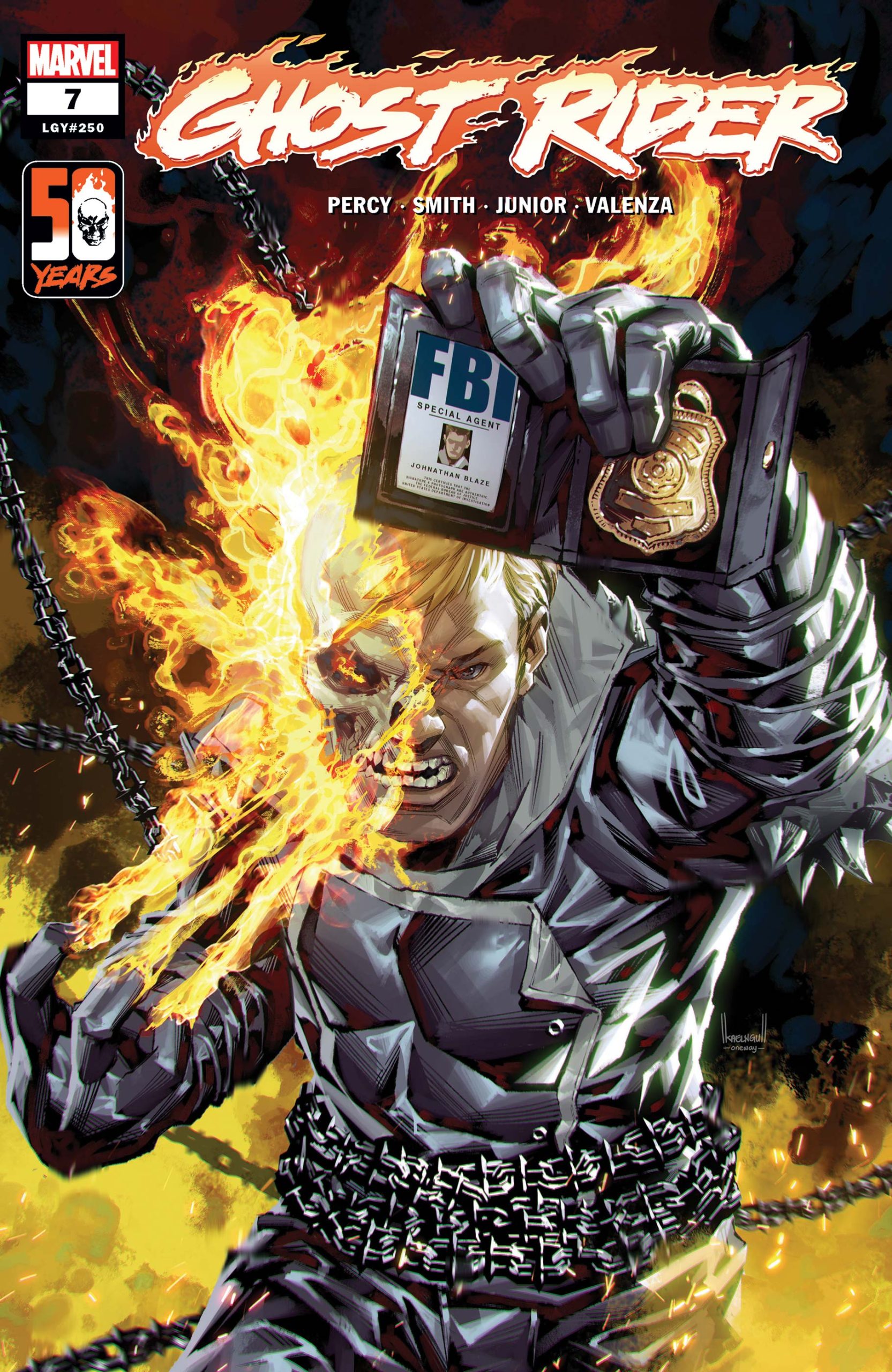
Like I do every month, I feel compelled to point out the shocking sustained success of Ghost Rider. I am so amazed that Johnny Blaze is still a Top 25 title with the seventh issue! That is fantastic. I am so happy to see this. Johnny Blaze is a fantastic character and easily the best Ghost Rider. It is really cool to see how the vintage Ghost Rider is such a smash success with modern-day readers. There is probably a lesson here for Marvel Comics.
I also want to give some love to Moon Knight. It is impressive to see this title still a Top 25 title by the sixteenth issue. I have always loved Moon Knight, but he has never been a good seller. Marvel Comics deserves a ton of credit for turning Moon Knight into a consistent Top 25 title. Perhaps Marvel needs to see why this title starring a C-list character is having so much success while other titles starring equally lower-profile characters fail.
See? Ghost Rider is a surprise success! Doesn’t that make you more interested in knowing why?
A couple more notes and then I’m going to rest my brain for a bit.
• I know several comics shops have posted their top sellers for 2022 but, once again, it’s hard to find them. I’m going to try to find as many as I can but if you have a link, shoot it to me at heidi at comicsbeat.com.
• This discussion also drew out comments directed at me from that faction of the comics reading audience that believes that diversifying the readership and creators of Big Two comics has killed the comics, while ignoring the other distribution, demographic and physical challenges to that market segment. It is impossible to have a conversation with these folks because they have a cult-like mindset based on getting their info from MSM-like entities that profit off their insecurity. It’s sad. But ironically, by championing crowdfunding campaigns of various types that DO have gaudy numbers associated with them, this crowd has ample reason to feel proud of their success.
• But ending on a cheerful note, I just sent off the first email of the year to get Brian Hibbs’ annual Bookscan analysis going! Something to look forward to!


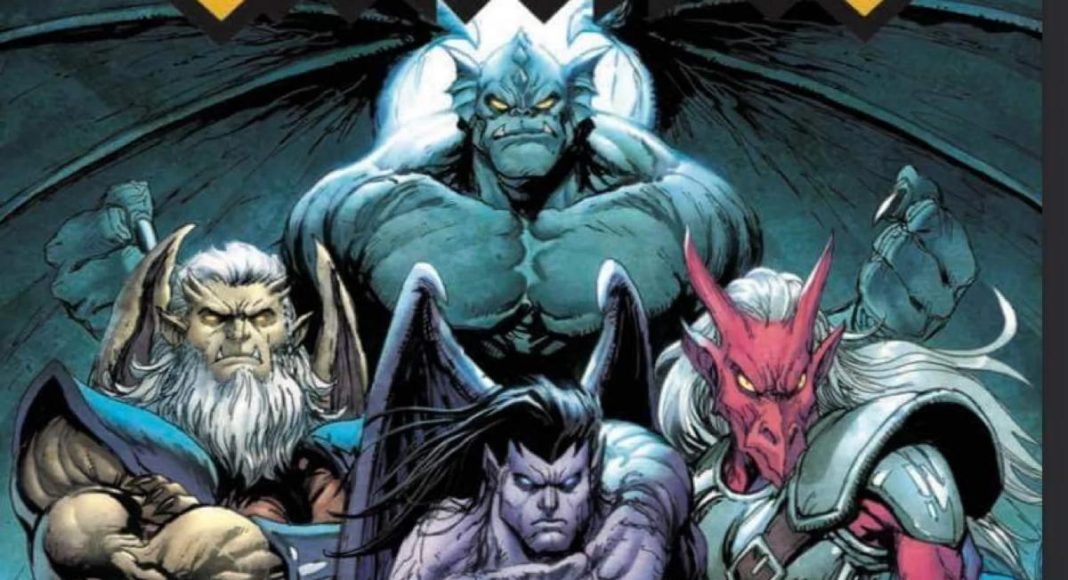
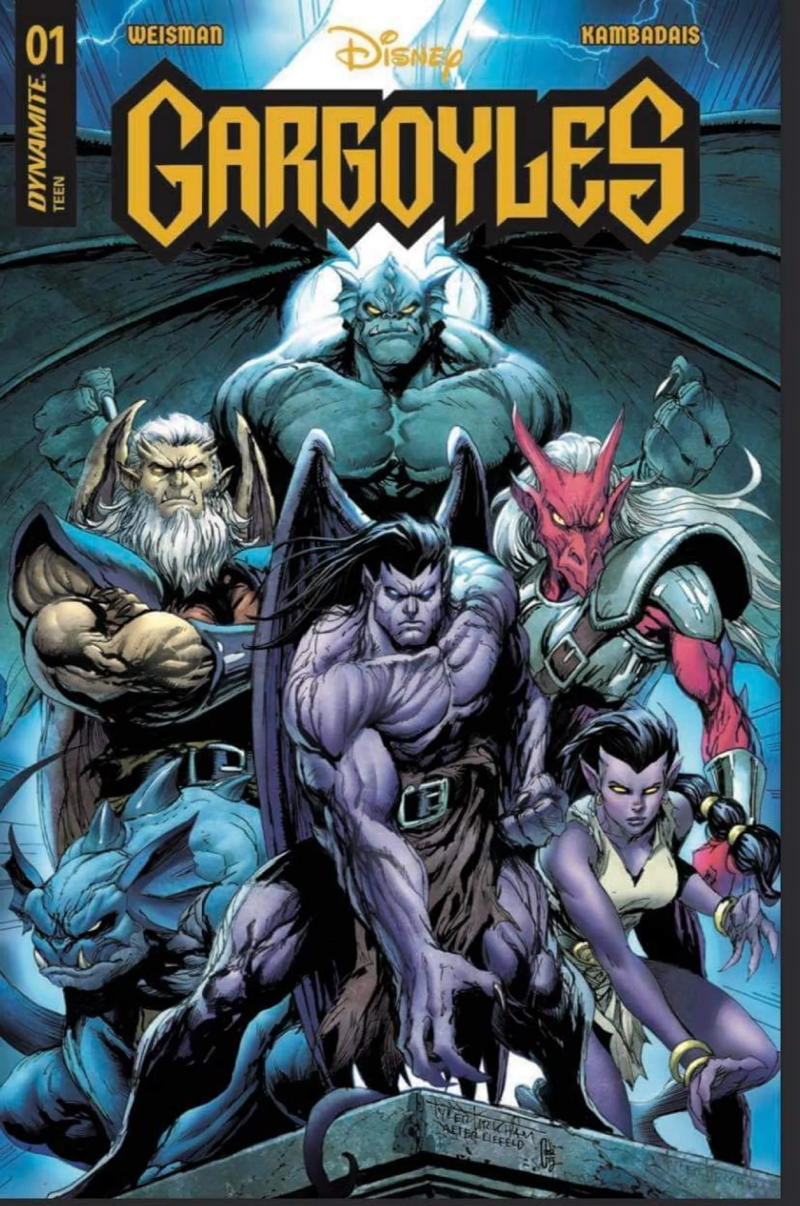
 There is something inarguable about the numbers. It would be helpful for all of us if we could look at the real numbers. That’s the nice thing about being where I am right now. Even when I don’t get issue by issue numbers, my royalty statements tell me basically how well the books are doing, and then I adjust what I am doing based on that. You need to be able to capitalize on success. That’s the biggest thing for me. I’ve talked a lot about this, but I think so much of my success between 2019 and 2021 was I had momentum and my books built on each other, with four title launches each being higher and higher up the chart.
There is something inarguable about the numbers. It would be helpful for all of us if we could look at the real numbers. That’s the nice thing about being where I am right now. Even when I don’t get issue by issue numbers, my royalty statements tell me basically how well the books are doing, and then I adjust what I am doing based on that. You need to be able to capitalize on success. That’s the biggest thing for me. I’ve talked a lot about this, but I think so much of my success between 2019 and 2021 was I had momentum and my books built on each other, with four title launches each being higher and higher up the chart.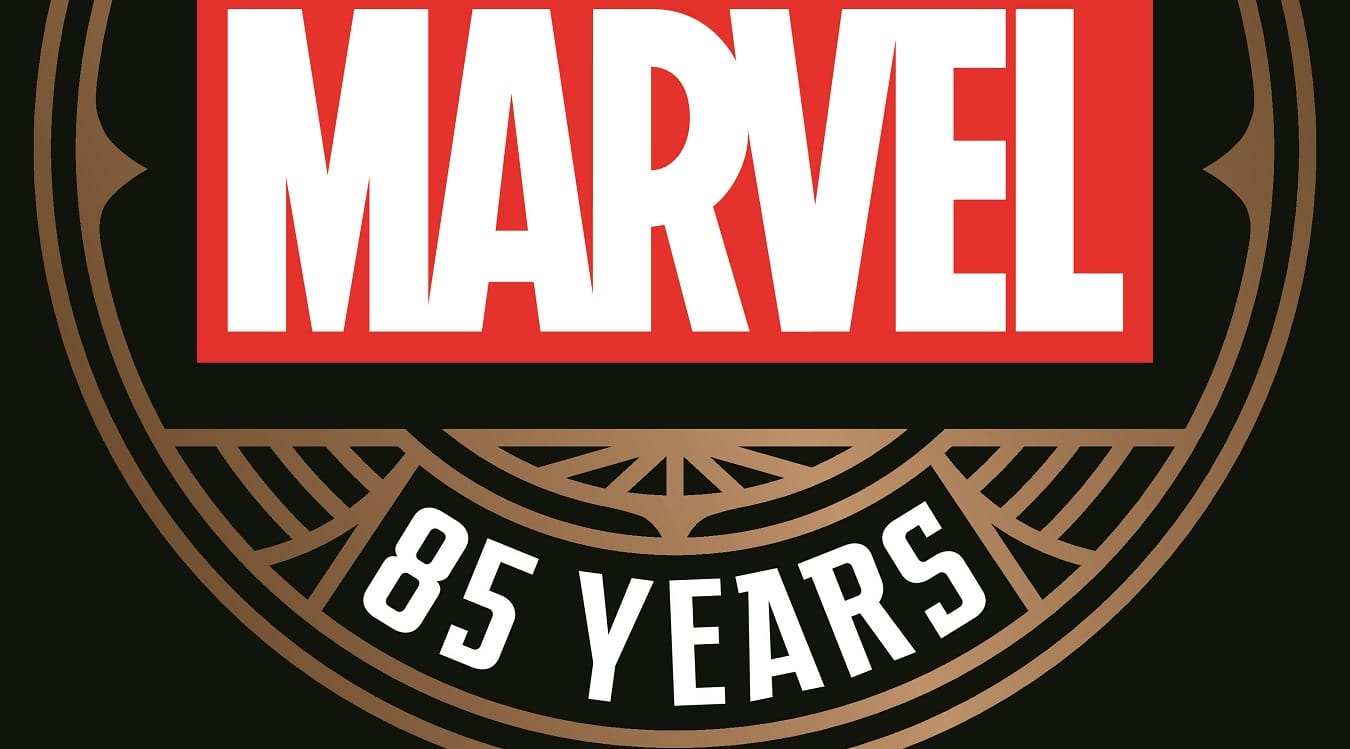


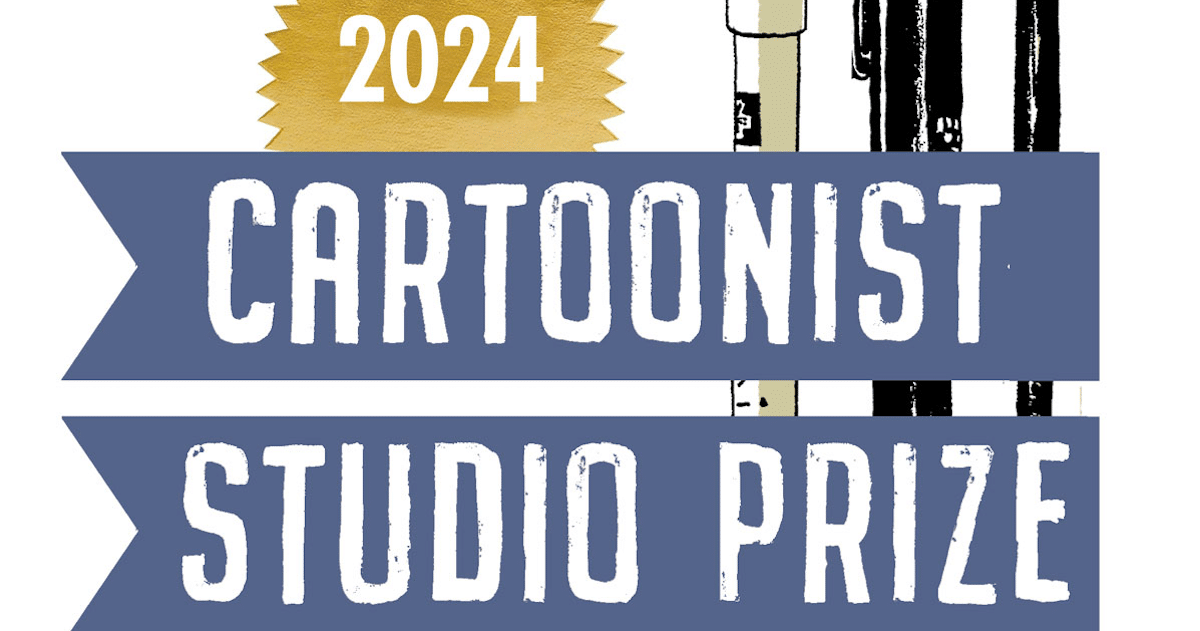


This is an important and thoughtful discussion. Thank you.
I love that you don’t just give the information but also talk about the process of finding that information. Being able to follow that trail is important. Thank you for the great work you’re doing!
Comments are closed.